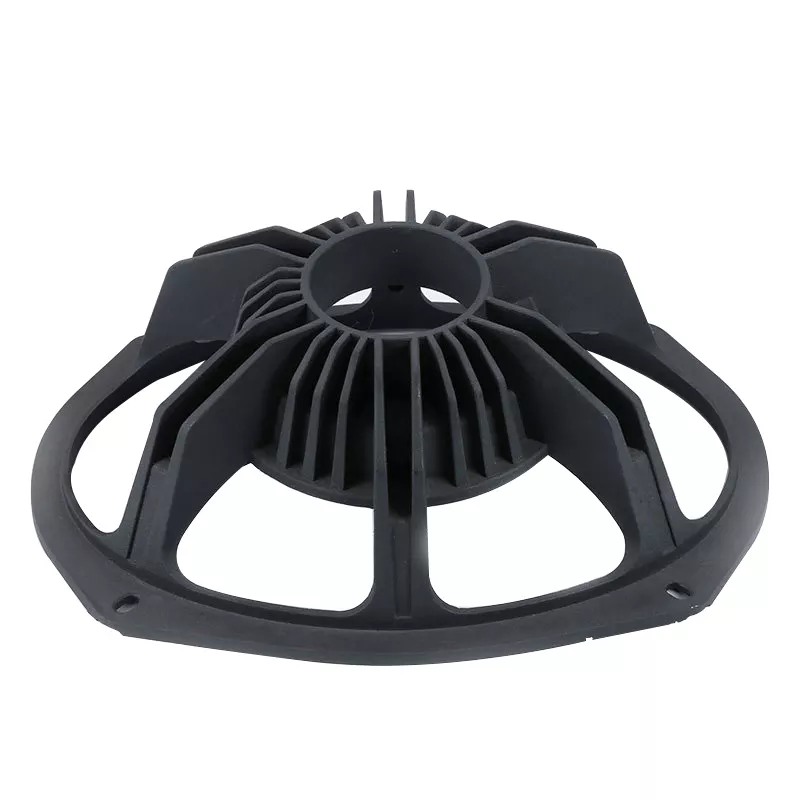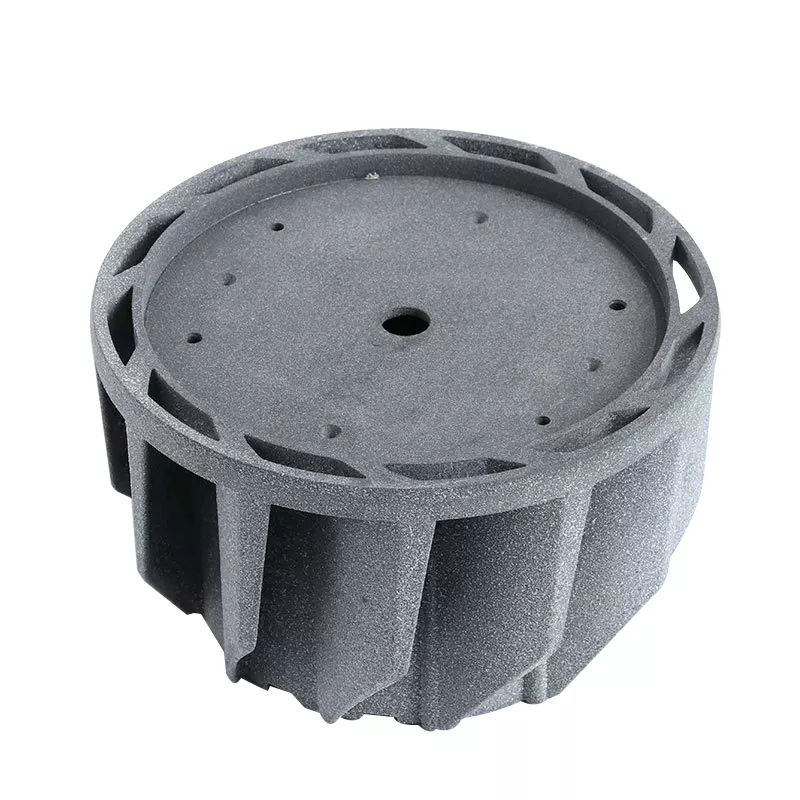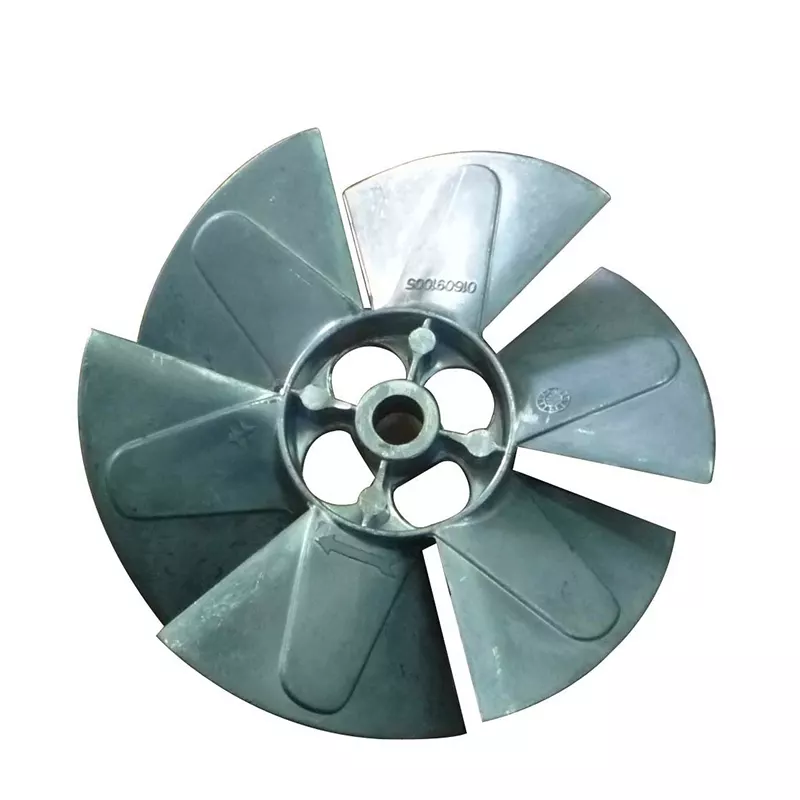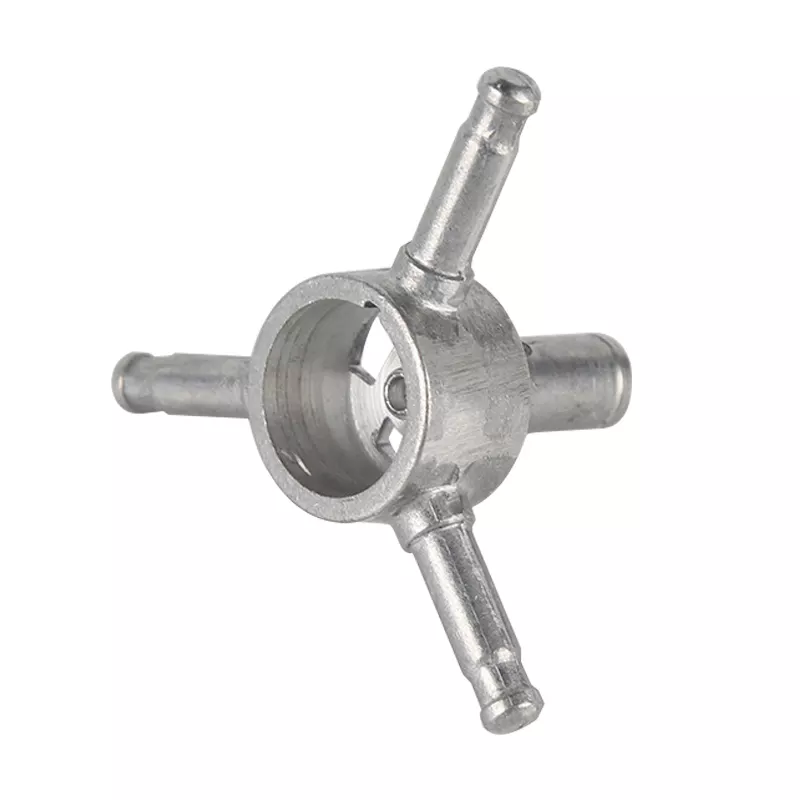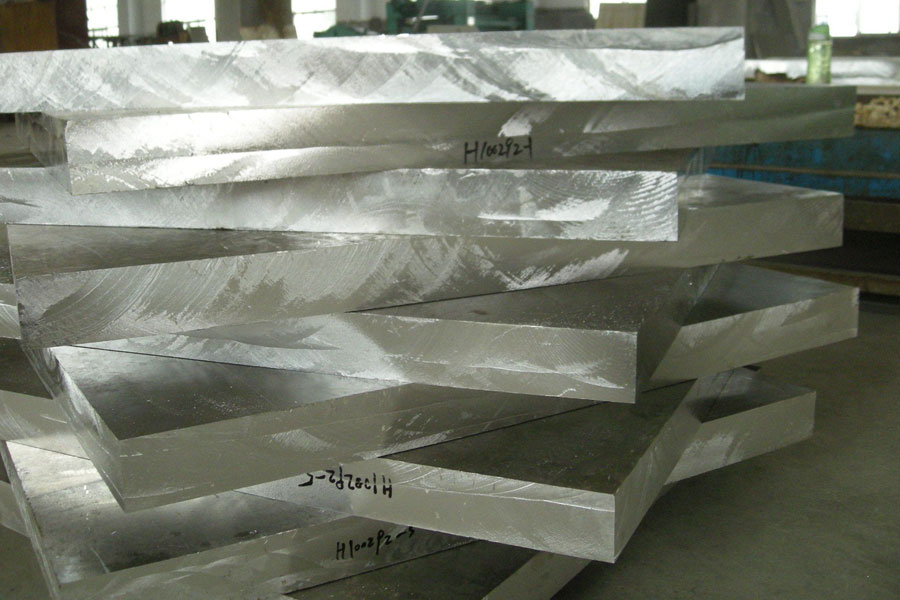
As currently the lightest commercial metal structural material, magnesium alloy has the characteristics of high specific strength and specific rigidity, easy liquid forming, good damping and electromagnetic shielding characteristics, and recyclability. It is known as the "green engineering material of the 21st century". . With the rapid development of the manufacturing industry, traditional metal resources will be exhausted, which requires the development of new materials to meet the needs of society.
At the same time, in today's increasingly pursuit of environmental protection and lightweight trends, magnesium alloys have extremely important application value and broad application prospects in many fields such as transportation, 3C products, aerospace and defense due to their own characteristics. In recent years, with the continuous improvement of the industry’s recognition of magnesium alloy materials(include az80a magnesium alloy etc.,), the scope of its application has been continuously expanded. In individual fields, especially the transportation field, due to the continuous requirements for lightweight, environmental protection, and energy saving of automobiles, motorcycles, etc. The improvement has greatly promoted the application of magnesium alloys in transportation vehicles.
Nowadays, products made of magnesium alloys have spread across various industries, and the demand for magnesium alloys is increasing year by year. It is foreseeable that magnesium alloy will become another important metal structural material after traditional materials (aluminum alloy, steel, etc.) in the near future. my country is a big country in the magnesium industry, rich in magnesium resources, and the reserves of magnesium ore, primary magnesium output, production capacity and exports rank first in the world. In recent years, my country has made many achievements in the application and development of magnesium alloy deep processing technology, high-performance magnesium alloy research and development, and the development of related equipment. A complete industrial chain has been formed from the extraction of raw materials to the deep processing. However, there is still a certain gap compared with the magnesium industry powers in developed countries in the world, which is mainly manifested in the forming process of magnesium alloys.
At present, the applicable conditions and application fields of magnesium alloys are restricted, and the whole is still in the experimental stage. It is necessary to increase research and development efforts to solve the problems of magnesium alloys in stamping, casting, welding and other processes. Magnesium alloys have excellent liquid forming properties. At present, die-casting technology is mainly used to manufacture magnesium alloy structural parts. However, in some occasions, due to the requirements of working conditions or process factors, it is necessary to implement overall or partial thermoplastic deformation of magnesium alloy die-castings, but the Most magnesium alloys have a close-packed hexagonal structure with few sliding systems at room temperature. Therefore, magnesium alloys have always been regarded as metal materials that are difficult to be plastically processed, which limits the application of magnesium alloy die castings to a certain extent.
At the same time, the mechanical properties of magnesium alloy die-casting parts are not ideal, but after plastic processing of die-cast magnesium alloy, the structure can be made more dense, so that the mechanical properties of the workpiece can be improved. Therefore, in order to develop the plastic processing technology of magnesium alloy, break through the technical bottleneck of magnesium alloy plastic forming, improve the performance of magnesium alloy products, expand the application range of die cast magnesium alloy, promote the economic development of magnesium alloy industry, and improve the plastic deformation of die-cast magnesium alloy. Behavioral research has important academic and economic value.
Magnesium is a chemical element of the second main group and the third period of the periodic table. Its crystal lattice is a close-packed hexagonal structure. The electron arrangement of its free atoms is 1s 2 2s 2 2p 6 3s 2, so the valence of magnesium is usually divalent (Mg 2+ ). Metal magnesium is very light, and its mass is 1/3 lighter than aluminum. Magnesium is also a good electrical conductor, heat conductor, etc. Its physical and chemical properties are shown in Table 1.1:
The content of magnesium in the earth's crust is extremely rich, and most of the raw materials are derived from the extraction of seawater, so magnesium resources are very stable and sufficient. The comprehensive performance of pure metal magnesium is poor and cannot meet the needs of most applications. However, adding specific elements to magnesium after alloying treatment will greatly improve its comprehensive performance, and its performance will exceed that of commonly used aluminum alloys and steel structures. Materials, so that magnesium alloys have gradually been recognized and used in the industry. This is inseparable from the advantages of magnesium alloy itself. Compared with other structural materials, magnesium alloy has the following advantages:


